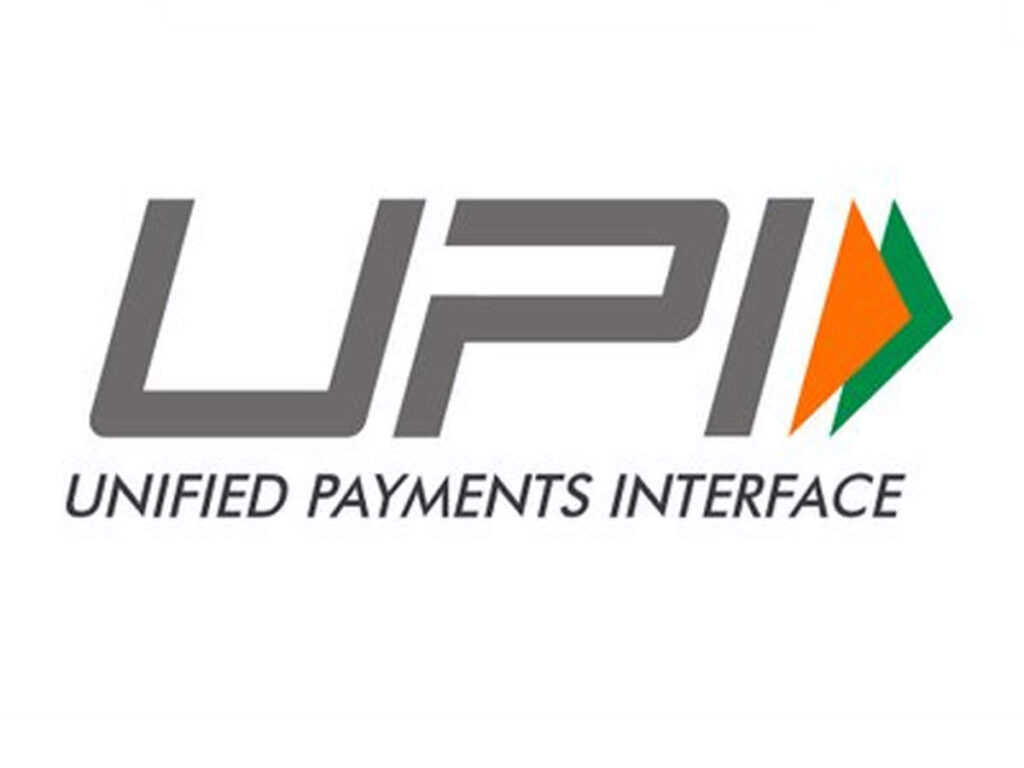UPI stands for Unified Payments Interface.

What is UPI?
UPI is a payment system developed by the National Payments Corporation of India (NPCI) that allows users to make instant and secure money transfers between bank accounts using smartphones.
How does it work?
UPI works by linking a user’s bank account to a mobile application, which acts as a platform for initiating transactions. Users can create a unique UPI ID, which is used to send and receive money. Transactions can be made by entering the recipient’s UPI ID or scanning a QR code.
Characteristics of UPI:
- Real-time payments: UPI enables instant fund transfers 24/7, including weekends and holidays.
- Interoperability: UPI is interoperable across different banks and can be used with multiple apps.
- Single-platform integration: UPI provides a single interface for accessing multiple bank accounts.
- Security: UPI transactions are secured through two-factor authentication, including UPI PIN, fingerprints, or mobile phone authentication.
What is UPI transaction?
A UPI transaction refers to the process of transferring money from one bank account to another using the UPI platform. It can be done through various channels such as mobile apps, web interfaces, or USSD (Unstructured Supplementary Service Data) codes.
Working method of UPI:
UPI uses a combination of unique identifiers, including UPI IDs, mobile numbers, and Aadhaar numbers, to facilitate transactions. It utilizes Immediate Payment Service (IMPS) for transferring funds between accounts in real-time.
Maximum limit of UPI transaction:
The maximum limit for UPI transactions depends on the bank and the user’s transaction history. Generally, UPI allows transactions up to Rs. 1 lakh per transaction, but some banks may have lower limits initially.
Advantages of UPI transaction:
- Convenience: UPI provides a hassle-free and instant method for making payments and transferring money.
- Accessibility: UPI can be accessed through smartphones, enabling transactions from anywhere with an internet connection.
- Cost-effective: UPI transactions are typically free or have minimal charges compared to traditional banking methods.
- Security: UPI employs secure authentication methods, reducing the risk of unauthorized transactions.
Disadvantages of UPI transaction:
- Dependency on technology: UPI requires a smartphone and an internet connection, limiting access for those without these resources.
- Potential technical glitches: Like any technology, UPI transactions may encounter technical issues, such as app crashes or network connectivity problems.
- Frauds and scams: While UPI provides security features, users need to be cautious about phishing attempts, fake apps, and unauthorized access to their UPI credentials.
